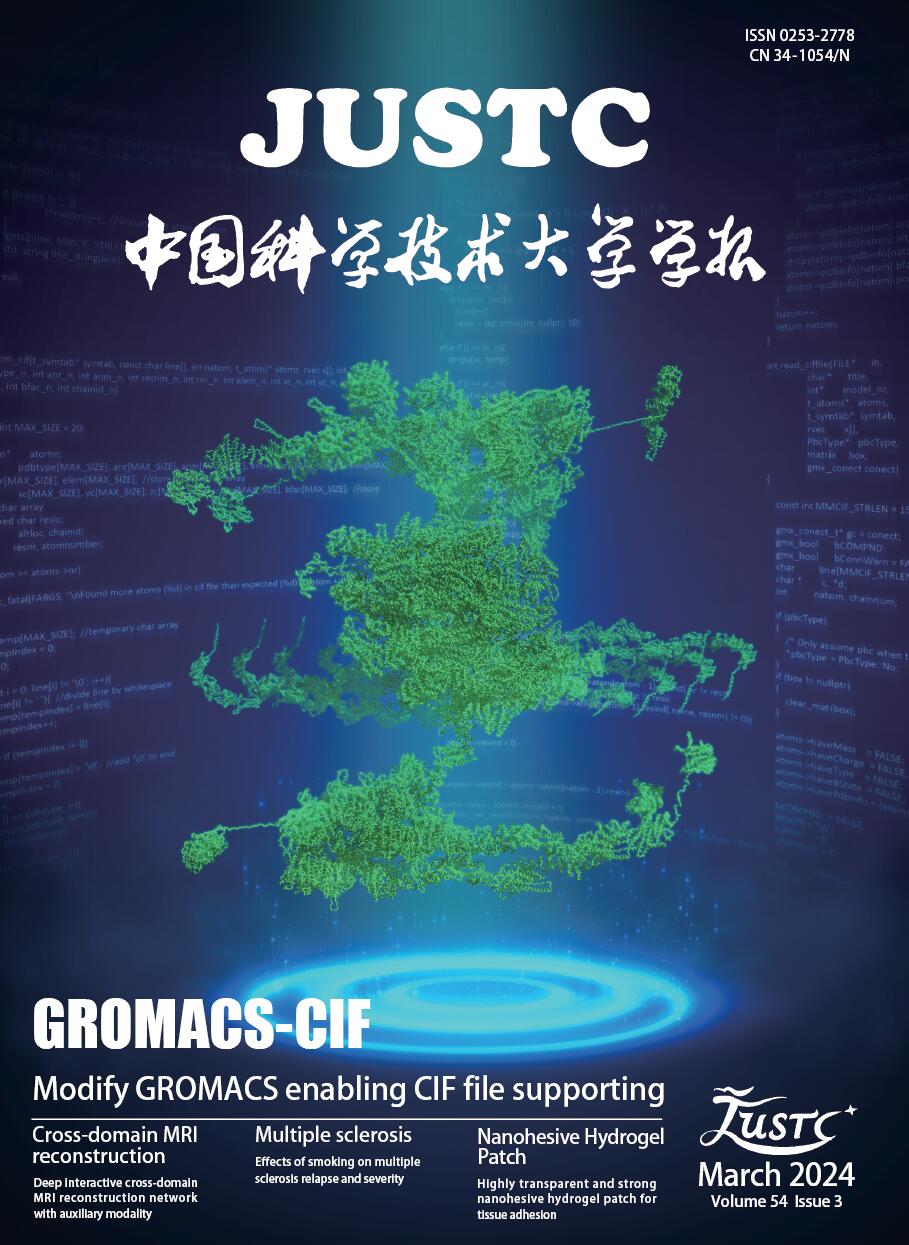Astronomy
We present a routinized and reliable method to obtain source catalogs from the Nuclear Spectroscopic Telescope Array (NuSTAR) extragalactic surveys of the Extended Chandra Deep Field-South (E-CDF-S) and Chandra Deep Field-North (CDF-N). The NuSTAR E-CDF-S survey covers a sky area of
Cosmic rays (CRs) are one of the most important components in the interstellar medium (ISM), and the origin of CRs remains a mystery. The diffusion of CRs in turbulent magnetic fields erases the information on the distribution of CR accelerators to a large extent. The energy dependent diffusion of CRs also significantly modifies the initial (acceleration) spectra of CRs. In this regard, γ-rays, the secondary products of interactions of CRs with gas and photons in the ISM, provide us with more information about the origin of CRs. More specifically, the γ-ray emissions associated with gas, can be used to study the distribution of CRs throughout the Galaxy; discrete γ-ray sources can elucidate the locations of individual CR accelerators. Here, the current status and prospects in these fields are reviewed.
In this study, we investigated the field under the Unruh effect. The energy and entanglement properties of the single-mode
The high granularity timing detector (HGTD) is a crucial component of the ATLAS phase II upgrade to cope with the extremely high pile-up (the average number of interactions per bunch crossing can be as high as 200). With the precise timing information (σt~30 ps) of the tracks, the track-to-vertex association can be performed in the “4-D” space. The Low Gain Avalanche Detector (LGAD) technology is chosen for the sensors, which can provide the required timing resolution and good signal-to-noise ratio. Hamamatsu Photonics K.K. (HPK) has produced the LGAD with thicknesses of 35 μm and 50 μm. The University of Science and Technology of China(USTC) has also developed and produced 50 μm LGADs prototypes with the Institute of Microelectronics (IME) of Chinese Academy of Sciences. To evaluate the irradiation hardness, the sensors are irradiated with the neutron at the JSI reactor facility and tested at USTC. The irradiation effects on both the gain layer and the bulk are characterized by I-V and C-V measurements at room temperature (20 ℃) or −30 ℃. The breakdown voltages and depletion voltages are extracted and presented as a function of the fluences. The final fitting of the acceptor removal model yielded the c-factor of 3.06×10−16 cm−2, 3.89×10−16 cm−2 and 4.12×10−16 cm−2 for the HPK-1.2, HPK-3.2 and USTC-1.1-W8, respectively, showing that the HPK-1.2 sensors have the most irradiation resistant gain layer. A novel analysis method is used to further exploit the data to get the relationship between the c-factor and initial doping density.












